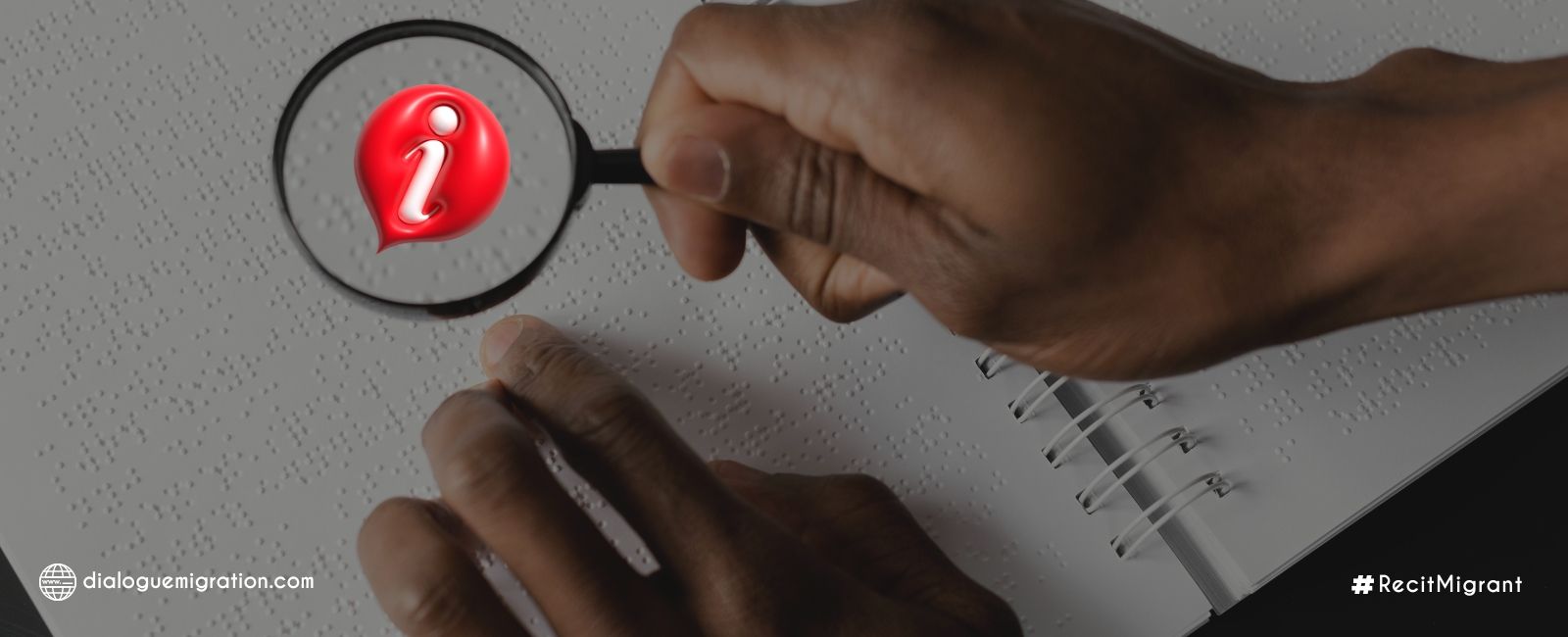

There’s a lot of information circulating about migration, such as the number of migrants who have disappeared or the procedure for obtaining a visa. However, this information is often false or intoxicating. Dialogue Migration shares five (5) tips that will help you to better deal with false information about migration.
Identify the author: it’s important to know who is the author of the piece of information. Is it a well-known, credible and reliable media outlet? All these questions will enable you to go further, get clear information and make your approach even easier.
Refer to recognized media: when faced with a piece of information in circulation, it’s a good idea to take a look at recognized reference media to see if they’re talking about it. However, don’t assume that this verification alone is sufficient to make their information true. However, recognized media outlets have been known to publish false information because of their haste to get scoops. Even if you have to rely on a reputable media outlet, you should always take a step back and ask yourself the right questions about the information.
Go to the source of the information: The more information we receive, the more likely we are to be misinformed. That’s why we have to look for the source of the information, especially the primary source. Above all, the fact that we can’t find the information elsewhere should alert us to the need for the utmost caution. When verifying information, it is important to identify several different sources for an event or fact.
When was the information published? This point brings us back to the question of when the information was published. Because on social media sites, web users often share old information, so that others consider it to be new information. So be careful!
Don’t get carried away by emotion or catchy headlines : Getting information via the Internet requires a certain amount of caution. It’s important to have an analytical mind to check out some of the information we come across.


